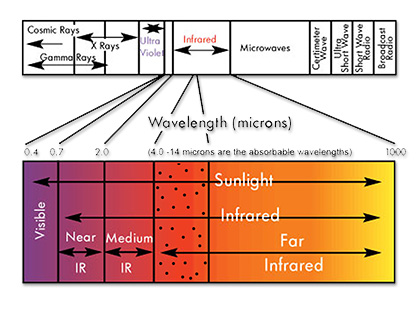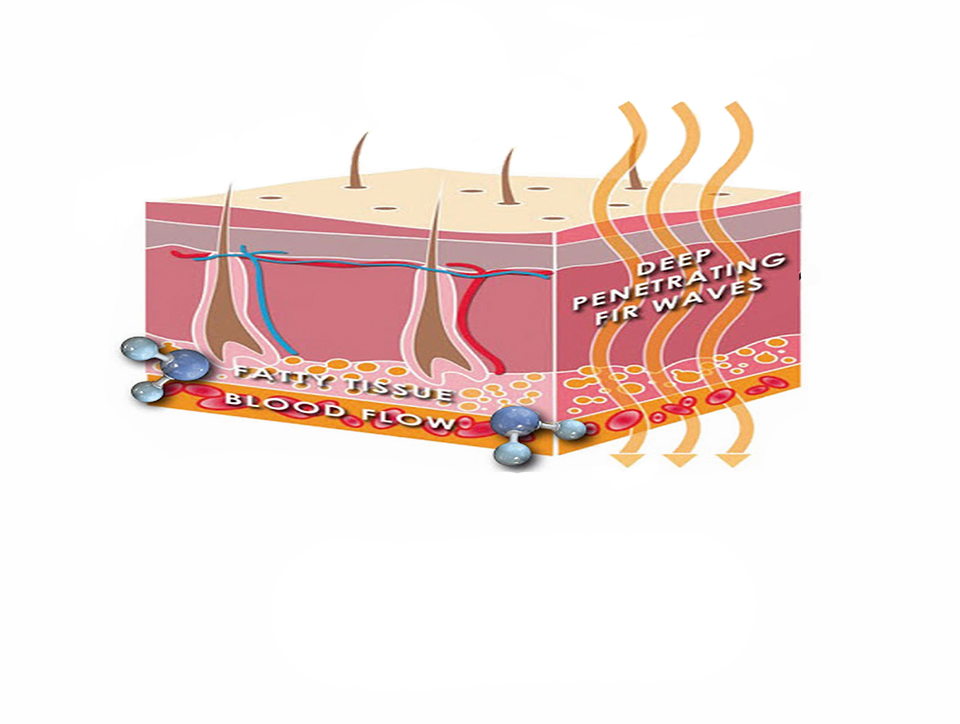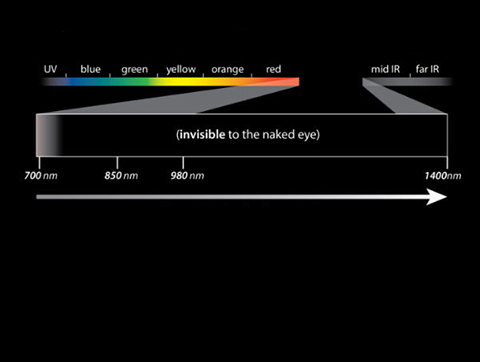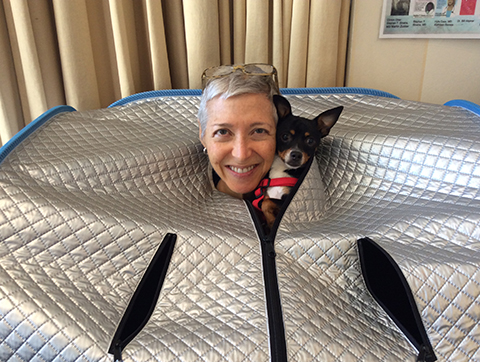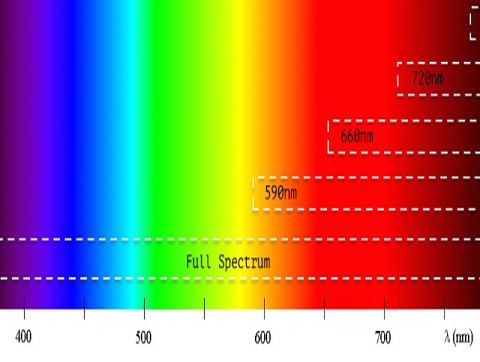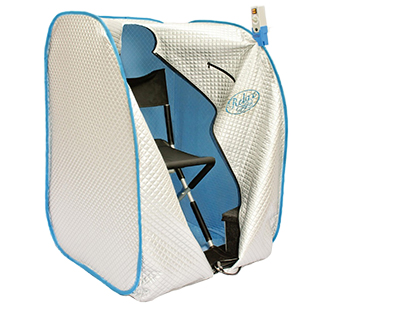
Near Vs. Far Infrared Research
The following article is a Light Therapy study done at the National Cheng Kung University in Taiwan, that was granted by the National Science Council to compare the differences of light penetration and human skin blood flow between Far Infrared (FIR) and Near Infrared (IR) irradiation.

Far-infrared rays penetrate deeper into mammary tissue and induce a higher skin blood flow in comparison to infrared irradiation
Abstract — Far-Infrared rays (FIR) and infrared rays (IR) generate heat and were claimed to be a benefit to wound healing. We compared the difference of light penetration and human skin blood flow between FIR and IR irradiation.
Introduction
Earlier studies have shown that FIR and IR radiation could promote wound healing in mice, increase skin blood flow and a deeper light penetration. However, no comparison data exist in the English literatures. We compare the light penetration in excised porcine tissue and in mice, and the human skin blood flow affected by FIR and IR.
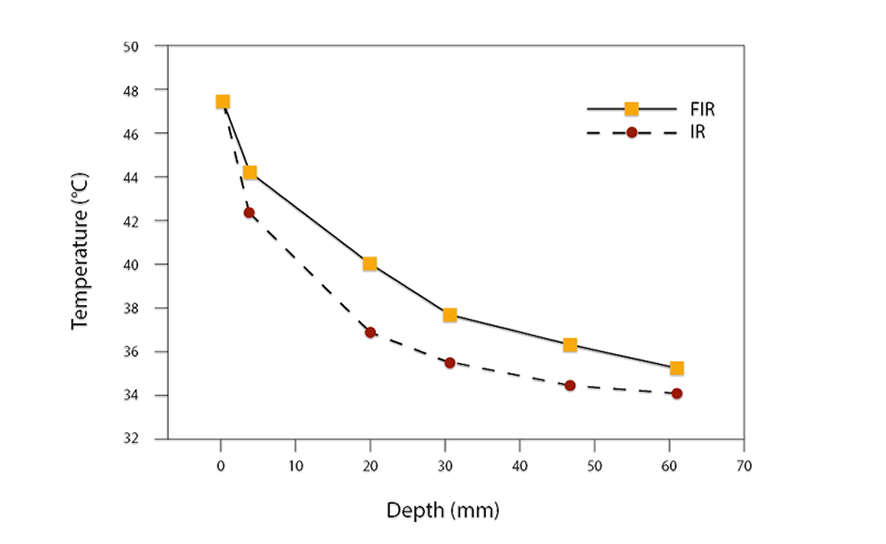
Figure 1. The increase of temperature at different depth from skin surface of isolated pig tissue after FIR or IR irradiation.
Material and Methods
Experiments setup FIR heaters which emit 4-14μm rays was a gift from Chung Cheng Electric Heating Co., Taiwan. PAR38 infrared lamp (wavelength of 700-2000 nm, Philips, Holland) was used for IR irradiation. During irradiation, multiple channel measuring system with 14 thermocouple inputs (PCI4351, National Instruments, US) were attached onto skin and provided a continuous records of skin temperature. An area of 2×2 cm was irradiated during all experiments by blocking with an aluminum foil with a square opening.
Determination of light penetration in vitro Thermal couples were inserted into different anatomical layers (skin surface, dermoepidermal junction, upper- , middle- and lower- layer of the subcutaneous fat, middle of the muscular layer) of excised domestic pig skin with underling muscle. It was placed in 37℃ water bath to mimic constant temperature in vivo. Radiators (IR or FIR) were set at a distant to kept skin surface temperature at 47℃.
Determination of light penetration in vivo in mice, increase skin blood flow and a deeper light penetration. However, no comparison data exist in the English literatures. We compare the light penetration in excised porcine tissue and in mice, and the human skin blood flow affected by FIR and IR.
Laser Doppler measurements of human skin blood flow Periflux 4001 (Perimed AB, Sweden) was used to measure forearm, inner aspect blood flow in 4 volunteers. Data was collected before and immediately after irradiation until the temperature dropped to the baseline. The skin surface was kept around 40-42℃ by adjusting the distant of the lamps to skin. All experiments were repeated at least twice.
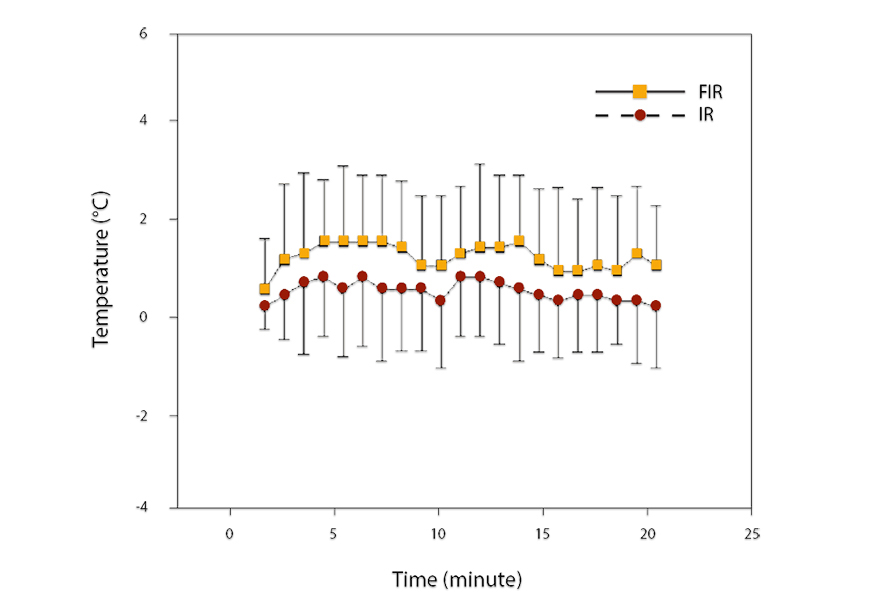
Figure 2. The temperature difference between skin and central in FIR and IR treatments.
Results and Discussion
FIR rays penetrated deeper in isolated skin tissue Only FIR irradiation could penetrate 3cm depth from skin surface (middle of subcutaneous fat) as revealed by an increment of 2℃ from the baseline (Fig. 1). The results implied that FIR has better penetration in pig skin than IR.
FIR rays penetrated deeper in mice In FIR treated group, the difference was about 1℃ higher than the IR group (Fig. 2). The results suggested FIR irradiation could penetrate deeper and induced a systemic regulatory effect on body temperature.
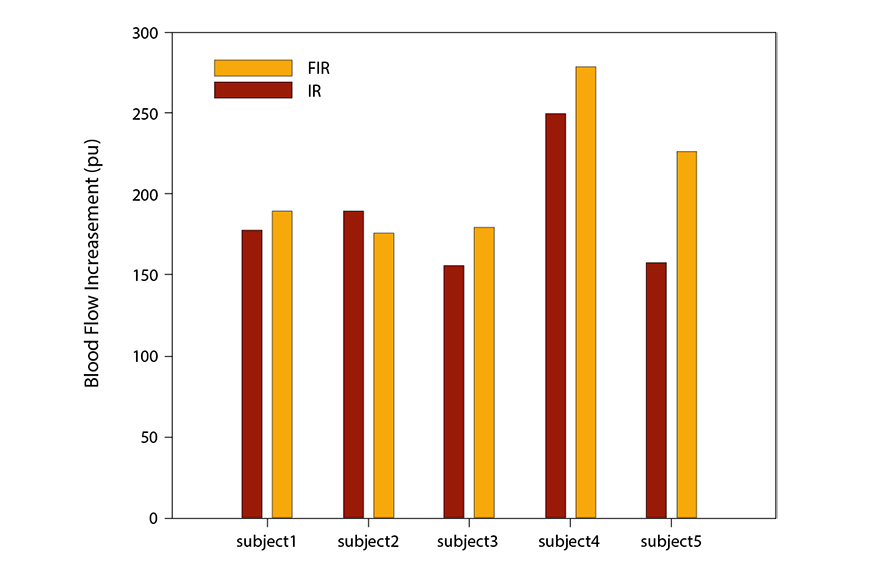
Figure 3. FIR and IR increase in human skin blood flow.
FIR irradiation enhanced skin blood flow in human skin Fig. 3 showed the skin blood flow measured by laser Doppler was increased in both FIR and IR treatments. However, it took a longer time for the skin blood flow back to baseline in the IR irradiation group (Fig. 4).
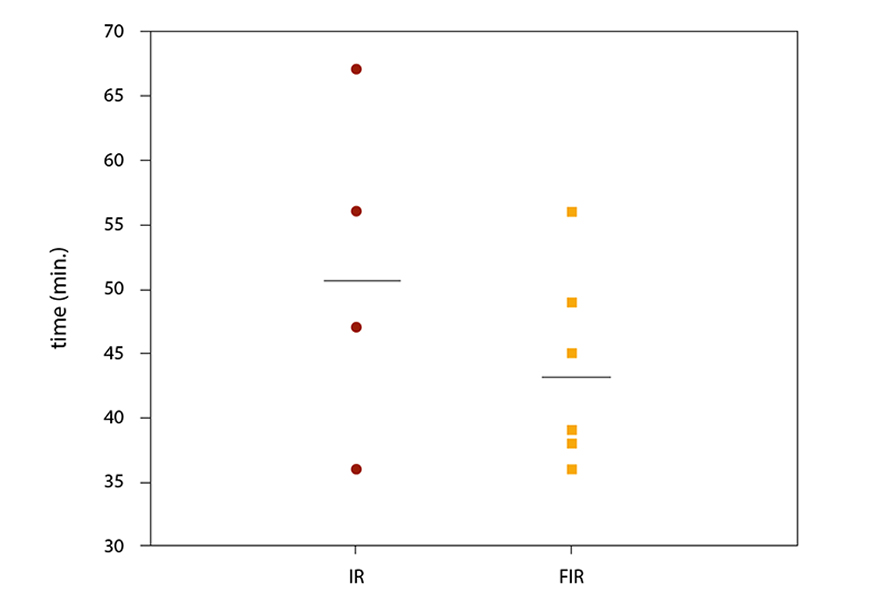
Figure 4. The increase of temperature at different depth from skin surface of isolated pig tissue after FIR or IR irradiation.
Conclusion
The results showed that FIR and IR might cause different biological effect in mammary tissue, both in vitro and in vivo. FIR increase more blood flow in human skin than IR irradiation. The deeper vessels might be heated and dilated by FIR irradiation. The results suggested FIR irradiation might benefit to patients with poor wound healing due to compromised circulation.
Acknowledgement
This study was granted by the National Science Council NSC93-2622-E-006-012-CC3, Taiwan.
Latest Posts
Search
About

Hello, my dear readers! I’d like to tell you more about myself. I've been going to health shows since 1975, and since 1980 have been selling mainly massage tools and assorted other unique holistic health products. It's been fun. I really enjoy turning people on to new ideas, new products, anything that can uplift them, and help them to be a happier, and a free-er person.
Read moreCategories
Latest Posts
-
THE BENEFITS OF FAR INFRARED SAUNAS [Podcast]
Nov.30, 2017 -
THE MEDICAL BREAKTHROUGH OF FAR INFRARED ENERGY
Nov.13, 2017
Testimonials
-
"Amazing experience, I can't tell you how much better I feel ..."
-
"I felt so relaxed and I could just take a nap ..."
-
"I am surprised it took the pain away in my feet ..."
"I feel amazing, I'm on cloud 9, I'm sweating out toxins ..."
"Reduced pain and greatly increased my energy level ..."
"My pain went from a level 8 to a 2 after just one sauna session ..."
Watch more Infrared Sauna TestimonialsTags
Momentum98
Get natural health information and exclusive discounts, Sign up today!
